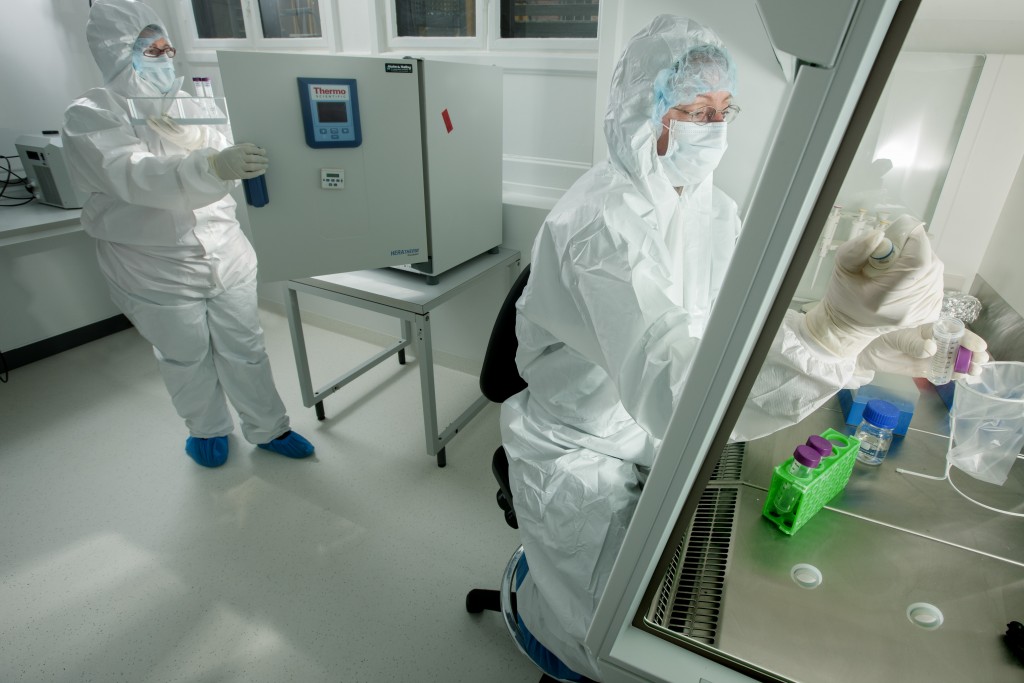New Scientist
Image: Mikal Schlosser
Kennewick Man, perhaps the most controversial of all North American archaeological finds, has finally had his DNA sequenced. The results suggest he is closely related to Native Americans – and could even be a direct ancestor of some living populations.
Discovered in Washington state in 1996, the skeleton quickly became the subject of a legal battle between a group of scientists who wanted to study it, and the US government, which was prepared to hand the remains over to Native American groups for reburial under a repatriation act.
The case was finally settled in 2004: the courts ruled that the Native Americans could not prove that Kennewick Man was their ancestor, and so repatriation laws did not apply. The scientific study of the remains resumed.
Last year the fruits of those studies were published in a book that seemed to vindicate the 2004 ruling. Among many findings, the studies concluded that the shape of Kennewick Man’s skull showed similarities with indigenous communities found today in Polynesia and Japan, from where the ancestors of Kennewick Man were thought to have migrated independently of the forebears of Native Americans.
In other words, Kennewick Man was unlikely to be genetically close to living Native American populations. But new genetic evidence calls that conclusion into question. Read more on newscientist.com…








